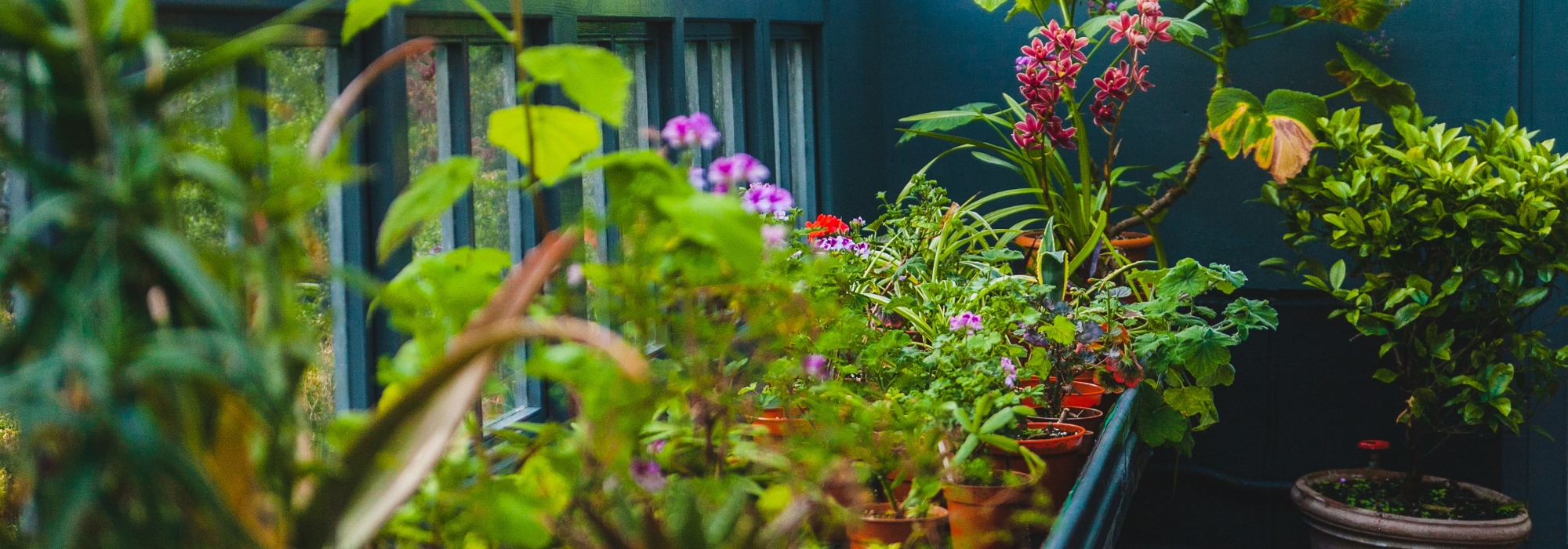
Overwintering potted plants to protect them from the cold
under cover or in the garden
Contents
Some plants are not hardy enough to withstand winter in our climate. To grow them, it’s better to keep them in pots. This solution is ideal for bringing flowers to courtyard, terrace and balcony. It also makes protecting tender plants in winter easier. This operation, called “hivernage”, can be carried out in different ways: by sheltering plants or by using appropriate protection against cold and frost.
→ Also discover our audio podcast: Cold, a natural ally in the garden
Relevant plants
These plants are non-hardy, frost-sensitive or only slightly hardy, and cannot withstand temperatures below -5 °C.
D’une façon générale, il s’agit :
- so-called orangerie plants (citrus trees, non-hardy banana trees, flowering bushes such as abutilon, classic gardenias),
- some Mediterranean plants such as oleander,
- many exotic or tropical plants such as hibiscus, Phoenix palms, Brugmansia, cacti, Birds of Paradise…
Also added to this list are any plants that would not tolerate average winter temperatures for your climate.

Oleander, Bird of Paradise, Hibiscus and Brugmansia
→ to read for an overview: “Hardy plants and hardiness” and also discover our article: 10 plants to protect in winter.
Overwintering under cover
Overwintering plants under cover simply means storing them in a frost-free space, preferably unheated, that must receive natural light and have good ventilation.
-
Where to bring plants in for winter?
The conservatory or winter garden is ideal, as it is bright and, provided it is unheated, remains cool. Benefiting from the thermal inertia of the house to which it is attached, it is usually frost-free. A garage, if it has windows, can also be a good option. A greenhouse is a suitable space, but take care with temperatures: it can freeze in there! To avoid this, you will probably need to insulate it with bubble wrap and provide supplementary heating, at least at night. Finally, if you have no other option, plants can be brought into the house, but they must be kept in an unheated room. Only cacti can tolerate living room conditions.
Warning: during overwintering, your plants absolutely need natural light; ordinary artificial lighting cannot substitute!
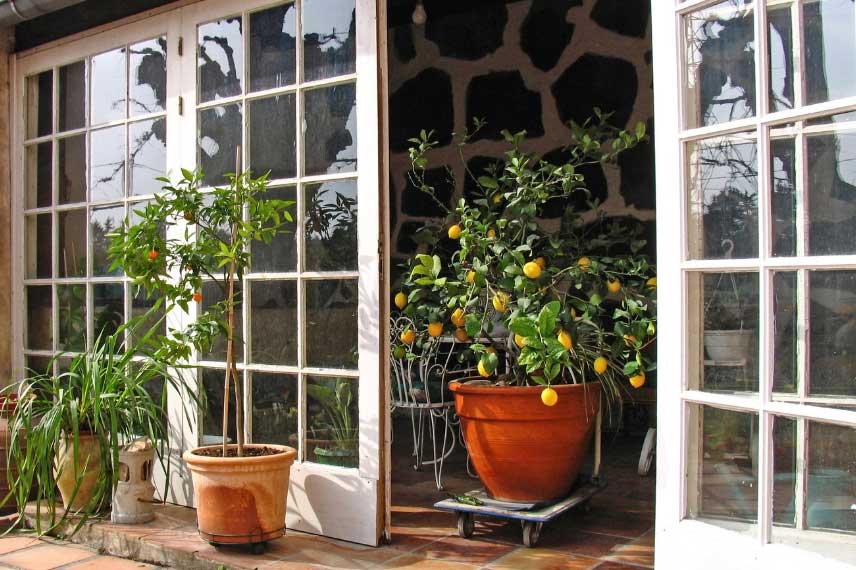
-
When to bring plants in?
The time to bring plants in depends on their level of hardiness: some exotic plants can withstand slightly negative temperatures, whereas others may die at the first frost, even a light one.
As a general rule, we advise caution because potted plants are more vulnerable: their root system is less protected in a pot than in the ground. It is therefore advisable to monitor weather forecasts and bring your plants in as soon as the first frosts are forecast.
For the most fragile plants, don’t hesitate to act early: bring them under cover in autumn to spare them a thermal shock.
-
Watering overwintered plants
Overwintered plants should not be treated like houseplants! They are dormant and need less frequent watering than in summer: keep potting mix very slightly moist and water sparingly.
Discover other Shrubs for pots
View all →Available in 1 sizes
Available in 1 sizes
Available in 1 sizes
Available in 1 sizes
Available in 2 sizes
Available in 1 sizes
Available in 1 sizes
Available in 1 sizes
Available in 1 sizes
Available in 1 sizes
Overwintering outdoors
Planted in large pots or wide troughs, plants are not necessarily movable. Moreover, not every gardener has suitable space to overwinter tender plants. Finally, in a mild climate, some hardy but still delicate plants can quite happily remain outdoors.
In this case, overwintering in the garden is possible by implementing a few strategies to combat cold and using suitable protection.
-
Protecting potted plants in the garden
As mentioned above, potted plants are somewhat more vulnerable to cold than plants in open ground. Therefore, protect their above-ground parts, and also the pot to prevent their roots from freezing. This additional protection will also help prevent clay pots from cracking due to cold.
- To protect a potted plant, use winter fleece.
These fleeces are readily available commercially as ready-made winter covers or in rolls sold by the metre. They come in different weights offering more or less protection. P17 (17 grams per square metre) is the most common, but you can use it doubled or even tripled if needed.
To put it in place is simple: slip it on if it is a cover, or wrap the plant with the fleece, taking care to secure it firmly so it does not blow away in windy conditions.
- To protect a pot or planter from cold, wrap it with insulating material.
This can be bubble wrap, or pieces of an old blanket. In case of severe cold, you can double up this protection by preventing pots from being in direct contact with soil. For that, use shims of wood or polystyrene.
- Other strategies
Wind, cold and drying, amplifies harmful effects of frost. Whenever possible, move potted plants to a sheltered spot; this will limit damage.
Against nighttime cold, a south-facing wall can also provide good protection, even at night, thanks to its thermal mass.
Why do you think penguins huddle together 😉 In the garden as everywhere, there is strength in numbers! Gathering pots together in one place helps fight the cold… It is also a very practical solution for covering them all with a single winter fleece at once!
-
Watering
As with indoor plants, watering potted plants in winter should be moderate. Watering must definitely not be done just before a severe frost, but may be necessary just afterwards!
Read also
Preparing your garden for winterAfter wintering
The return of fine weather in spring will signal the end of overwintering. Plants can be gradually uncovered or moved out into the garden. However, don’t be too hasty: in our climate, frost can strike until the Ice Saints… it would be a shame to lose a plant that has been protected all winter! Finally, and once again, beware of temperature shock: before moving your plants outside, acclimatise them gradually to outdoor conditions by first taking them out for only a few hours a day, then only during daytime. You can also resume watering.
- Subscribe!
- Contents
































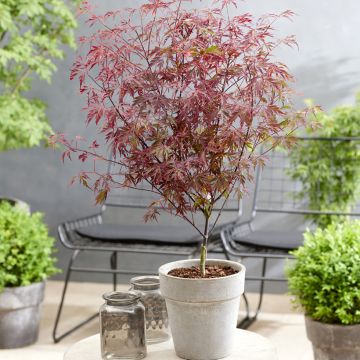
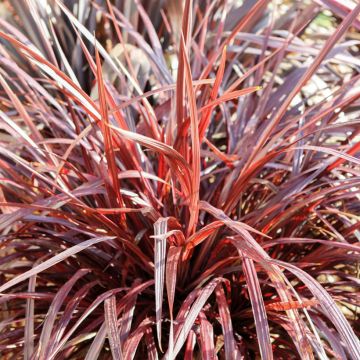

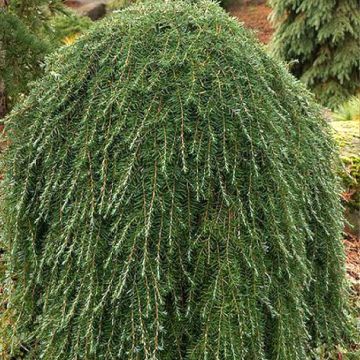
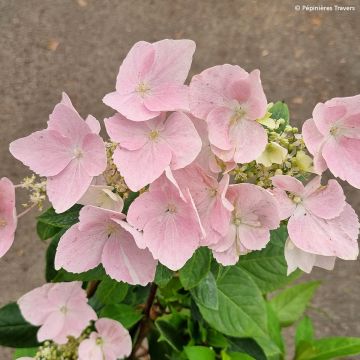
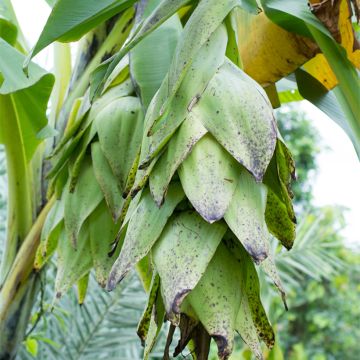
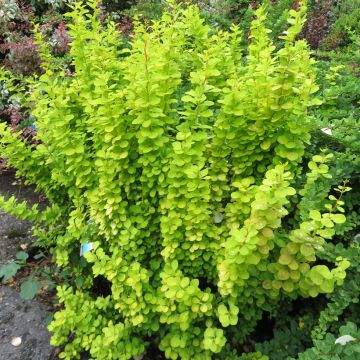
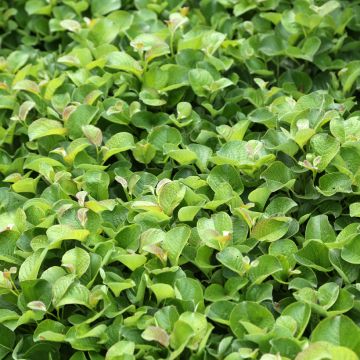
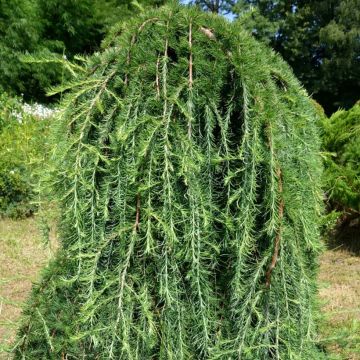
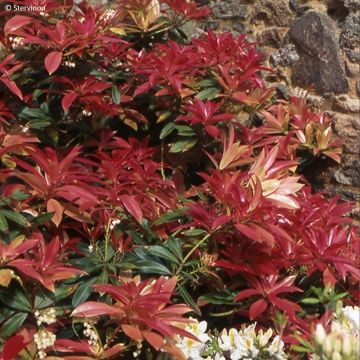
Comments